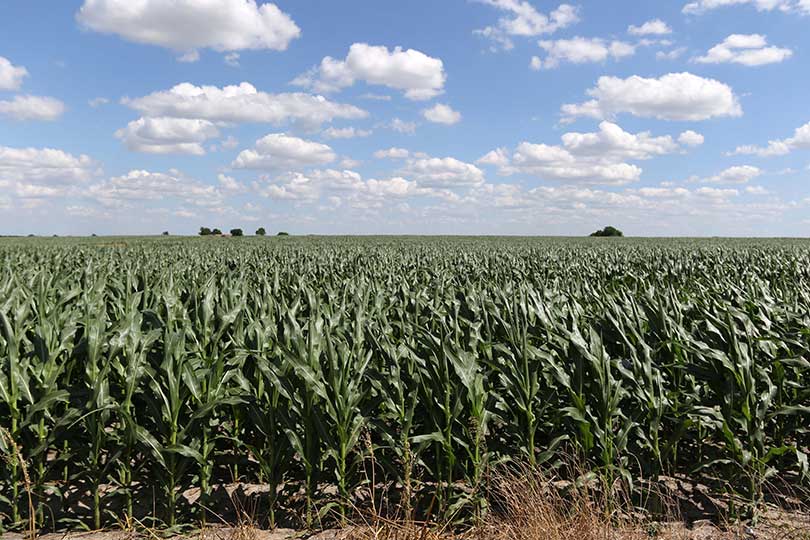One of the nation’s largest importers of American corn has just found another source for its grain.
Late last week, Mexican officials confirmed they’d made plans to import a record amount of yellow corn directly from suppliers in Brazil.
According to Reuters, Mexican livestock companies arranged the deal during a recent visit.
Commodity traders that normally arrange such shipments were not involved.
The announcement came the same week U.S. Trade Representative Robert Lighthizer sent Congressional leaders a letter signaling the administration’s intent to renegotiate the North American Free Trade Agreement (NAFTA).
NAFTA, a trade deal between Mexico and Canada, went into effect in the early 1990s. The agreement removed most tariffs for traded products between the three nations.
Mexico began looking for other corn suppliers earlier this year after President Donald Trump threatened to lead the U.S. out of NAFTA.
This month, following productive phone calls with the Mexican president and Canadian prime minister, Trump announced he’s willing to renegotiate NAFTA at this time.
But Trump has indicated he wants a fairer deal for the U.S. and has shared his preference for bilateral deals, leaving some in both Mexico and Canada concerned for the future of NAFTA.
In the past, both higher costs and longer shipping times have caused Mexico to shy away from deals with South American grain exporters, according to Reuters.
With NAFTA is in the air and Brazilian corn now cheaper, Mexico has seized the opportunity.
Mexican livestock companies signed a deal for two shipments of 30,000 tonnes of yellow corn with Brazil, according to Reuters.
That’s nearly five times more than Mexico imported from Brazil last year, but pales in comparison with the 12.75 million tonnes Mexico imported from the U.S. in 2016.
Texas farmers are projected to grow 2.45 million acres of corn this year. Much of that corn typically is sold into Mexico for livestock feed.
If Mexico does cut back on the amount of corn it buys from the U.S., that could prompt the U.S. to look for new markets. It could also mean a greater American surplus if that corn doesn’t find a home.


Wonder what the cost was compared to purchasing from the U.S.A ?